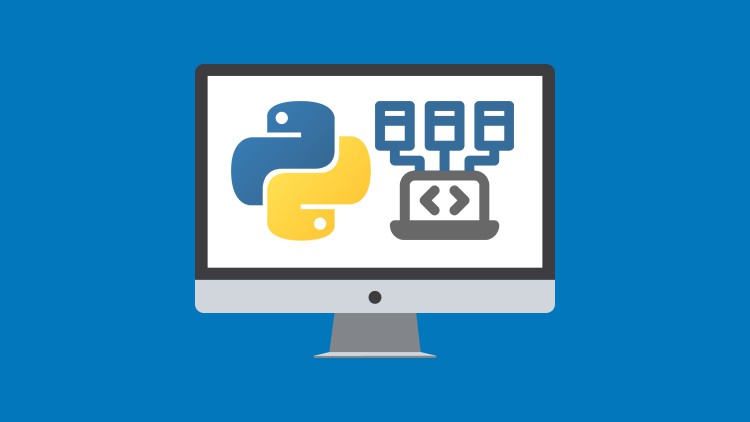Learn Object-Oriented Programming with Python
Improve your Python skills and build a deep Object-Oriented Programming foundation!
What you’ll learn
Learn Object-Oriented Programming with Python
-
Describe the meaning of the object-oriented paradigm and create class hierarchies using the object-oriented design process
-
Understand the difference between class variable and instance variable as well as the difference between class method, instance method, and static method.
-
Make an object indexable (like lists), callable (like functions), and comparable (like numbers).
-
Design and implement Python programs for complex problems, making good use of the language’s features such as classes and inheritance.
Requirements
-
Intermediate knowledge of Python programming
Description
**This course includes downloadable course instructor and exercise files to work with and follow along.**
This course focuses on the core concepts of object-oriented programming (OOP) and design using Python. The OOP style is a way of writing code that resembles real-world objects. Understanding the basics of OOP is particularly important in Python since every piece of Python code interacts with objects and classes.
This course gives you everything you need to understand and master object-oriented concepts such as classes, objects, data abstraction, methods, method overloading, and inheritance. During this course, you will see several examples that help you to fully understand the concepts and develop your code for real-world applications.
The primary aim of the course is to enable the students to tackle complex programming problems, making good use of the OOP paradigm to simplify the design and implementation process.
To get the most from this course, you need to be at an intermediate level in Python programming. If you don’t know Python at all, we suggest you check out the Python Beginner and Intermediate courses before you take this one.
On completion of this course the students should be able to:
- Describe the meaning of the object-oriented paradigm and create class hierarchies using the object-oriented design process.
- Understand the difference between class variable and instance variable as well as the difference between class method, instance method, and static method.
- Make an object indexable (like lists), callable (like functions), and comparable (like numbers).
- Design and implement Python programs for complex problems, making good use of the language’s features such as classes and inheritance.
This course includes:
- 3.5 hours of video tutorials
- 27 individual video lectures
- Course and exercise files to follow along
- Certificate of completion
Who this course is for:
- Python programmers who want to expand their knowledge and learn object-oriented programming
- Data Analysts
Learn Object-Oriented Programming with Python
Learn Object Oriented Programming in Java
Get Course Now








